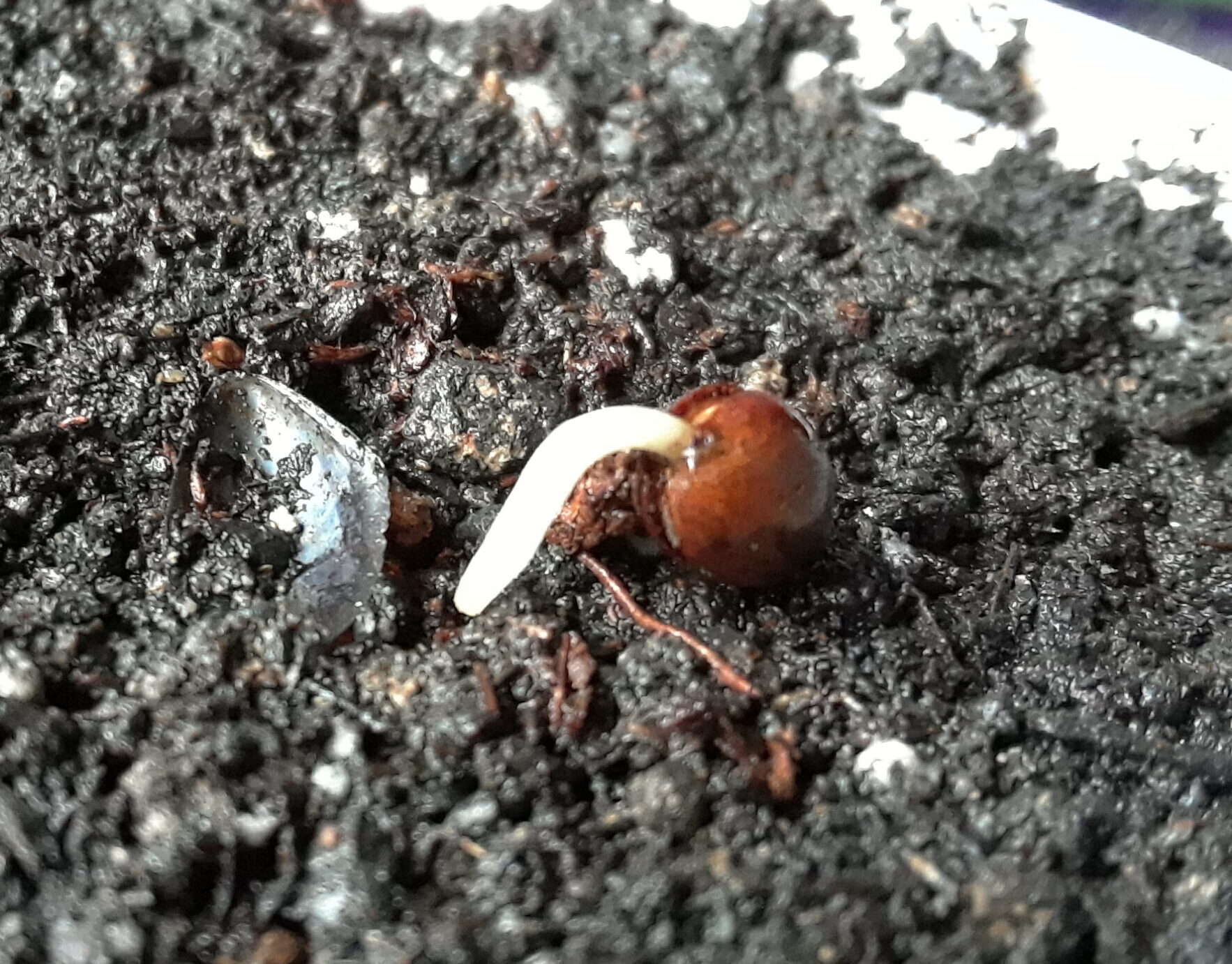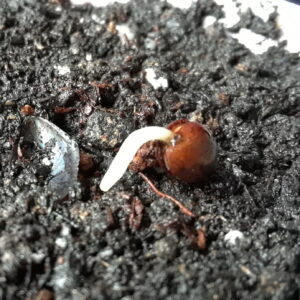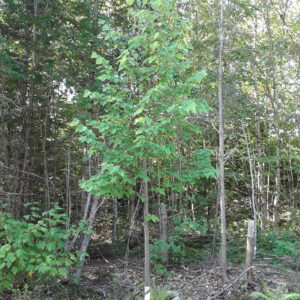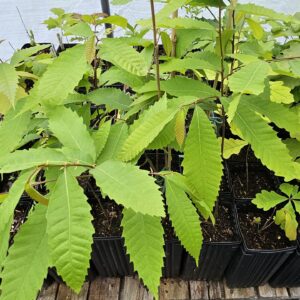English Yew
(Common Yew)
Taxus Baccata
An extremely long-lived, evergreen of Europe steeped in symbolism and mythology. Associated with English churchyards and typically predating the Medieval churches themselves. Some believed to be over 1000 years old. Highly valuable to Europeans over the ages with strong wood that was used to make longbows and other objects and foliage that has medicinal benefits. An understory woodland tree that is cultivated to form hedges due to its dense foliage. Male and female flowers appear on separate trees. On female trees, attractive red, berry-like fruits (arils) develop instead of typical cones. ALL PARTS OF THIS TREE ARE POISONOUS except for the red fruit-like aril around the seed. Should not be planted near livestock.
Additional information
| Foliage | Evergreen, Coniferous |
|---|---|
| Locale | Native to Europe |
| Height | Medium (30-60ft) |
| Width | Wide |
| Form | Pyramidal |
| Growth Rate | Slow |
| Longevity | Long (over 100 years) |
| Hardiness Zones * | 5 |
| Sun Exposure | Full Sun (over 6 hrs), Mostly Shade (slow growth), Partial Sun (4 to 6 hrs) |
| Soil Preferences * | Moist, Slightly Acidic, Well Draining |
| Soil Tolerances | Clay, Dry, Slightly Alkaline |
| Other Tolerances | Occasional Drought, Occasional Flooding, Urban Pollution |
| Ornamental Interest | Fruit, Form |
| Wildlife Value | Birds (fruits/seeds), Small Mammals (fruits/seeds) |
| Human Value | Carpentry (wood) |
| Seed Collection | Ordered Online |
| Planting Considerations | Casts Deep Shade, Poisonous Tree Parts |















